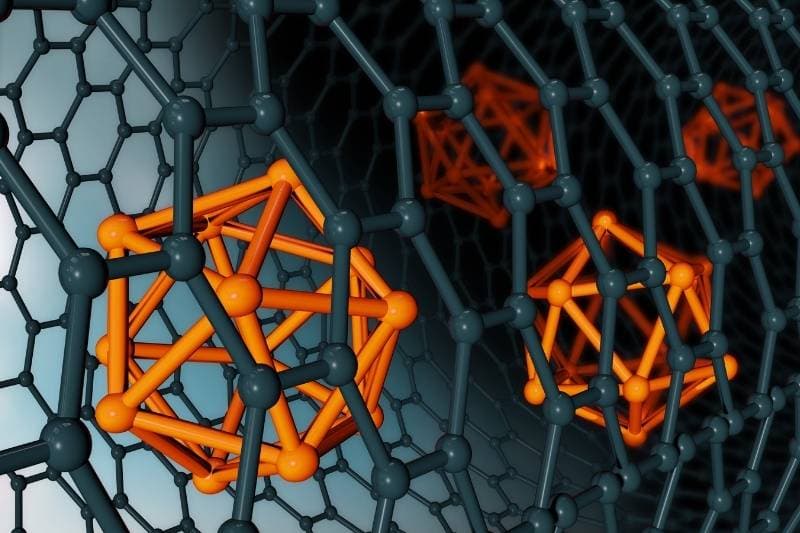Bronchopulmonary dysplasia (BPD) is a chronic lung disease for which a cure is yet to be found. The disease is usually found in premature babies who need extra oxygen and medical intervention to breathe. The lack of oxygen during brain development can lead to learning disabilities or problems walking, hearing, and seeing. BPD impairs some of the critical functions of brain stem cells. Brain stem cells can become all the different cells in the brain and play an important role in brain development.
Use of Nanotherapeutics
Cells from the umbilical cord can prevent BPD in laboratory experiments with animal models. These cells release tiny particles with protective chemicals that help with brain & lung development. Now, nanotherapeutics can be used to produce these chemical particles in large amounts to be given as drug. Nanoparticles can cross the blood-brain barrier meaning they can travel into the brain after being given as treatment to the patient. Such therapy can improve premature babies' lung and brain health that develop chronic lung disease.
📚Reference
Learn more about nanotherapy for premature babies:
Drug Target Review - Nanotherapy ResearchTumors - a common place for bacteria to live and grow!
Microbial Activity
Microbes like bacteria, fungi, and viruses are generally tiny, that you need a microscope to see them (electron microscopes for viruses). However, they contribute to human health in multiple ways. The microbiome is the term used to collect all such different microbes. There are trillions of microorganisms of other species that live peacefully in our large and small intestines. This microbiome is even labeled as required for smooth everyday operations of the human body.
Location of bacteria in tumors
Recently scientists have discovered that bacteria live and grow inside tumors and tumor cells of patients. In pancreatic cancer, Gemcitabine is an anticancer drug that kills tumor cells by entering the nucleus of the cells and not allowing the DNA to divide anymore. Scientists found live bacteria inside cancer cells near the nuclear envelope- that way, these bacteria take up Gemcitabine and break it down before it reaches the cell nucleus to do its job of killing the cell. It is a fact that a tumor outside the gut in a patient has living bacteria with it. Currently, such co-existing microbiome is found in all major cancer types eg, brain, thyroid, lung, stomach, bladder, skin, breast, etc.
How to identify microbes in tumor?
The presence of these microbial species affects diagnosis and response to the treatment. Surgeons have confirmed that multiple bacteria types could be grown from tumors (that were taken out of the patient's body) right after surgery. Some of the bacteria die upon exposure to atmospheric oxygen - therefore, further research is needed to understand the diversity of these microbes. DNA analysis is one of the ways that microbes can be identified and confirmed into the tumor samples in laboratories (bacterial DNA is found mixed with tumor DNA from surgical samples)
